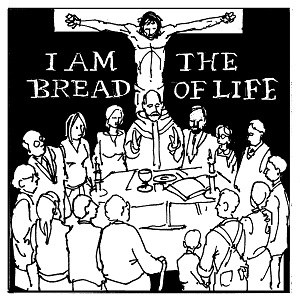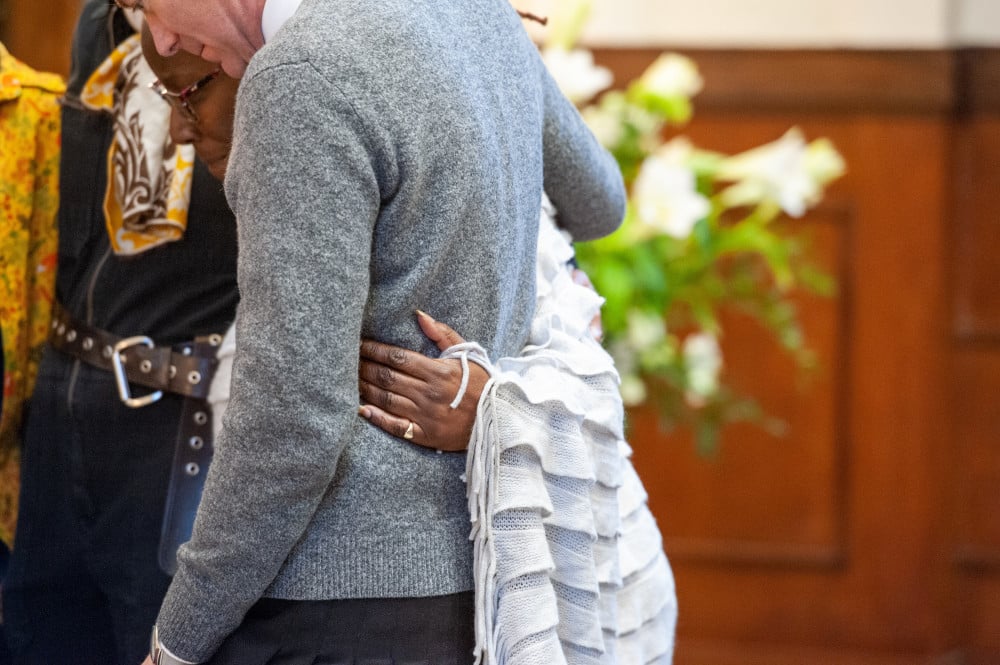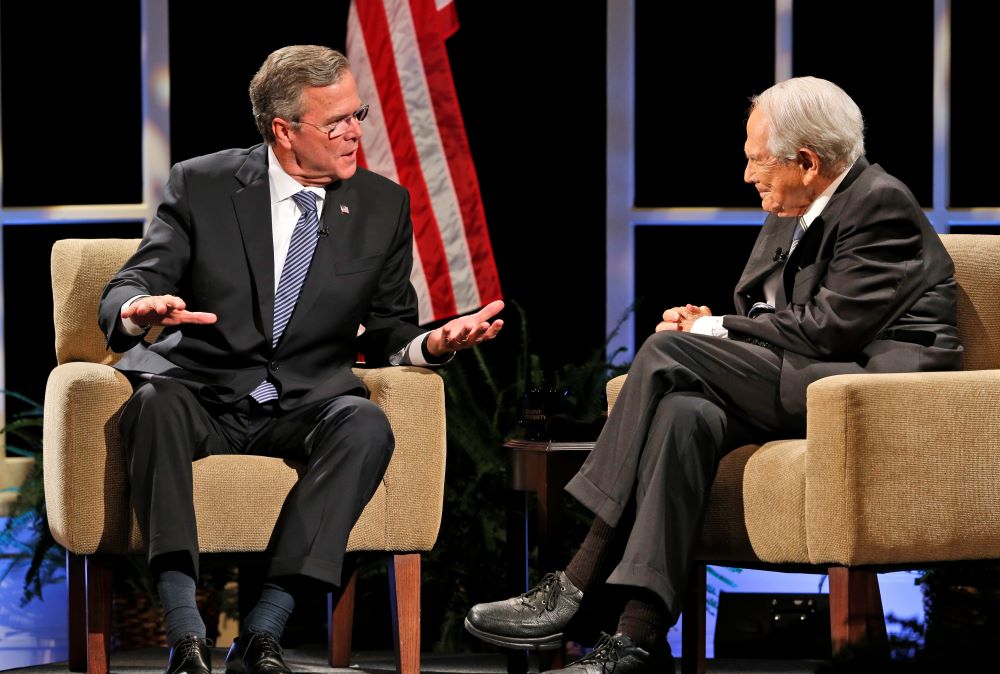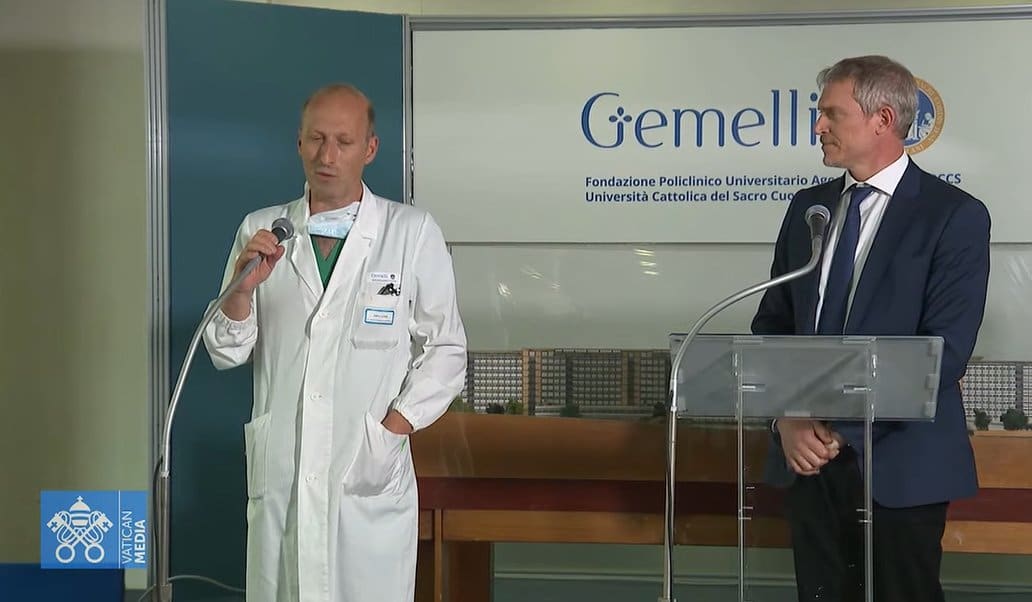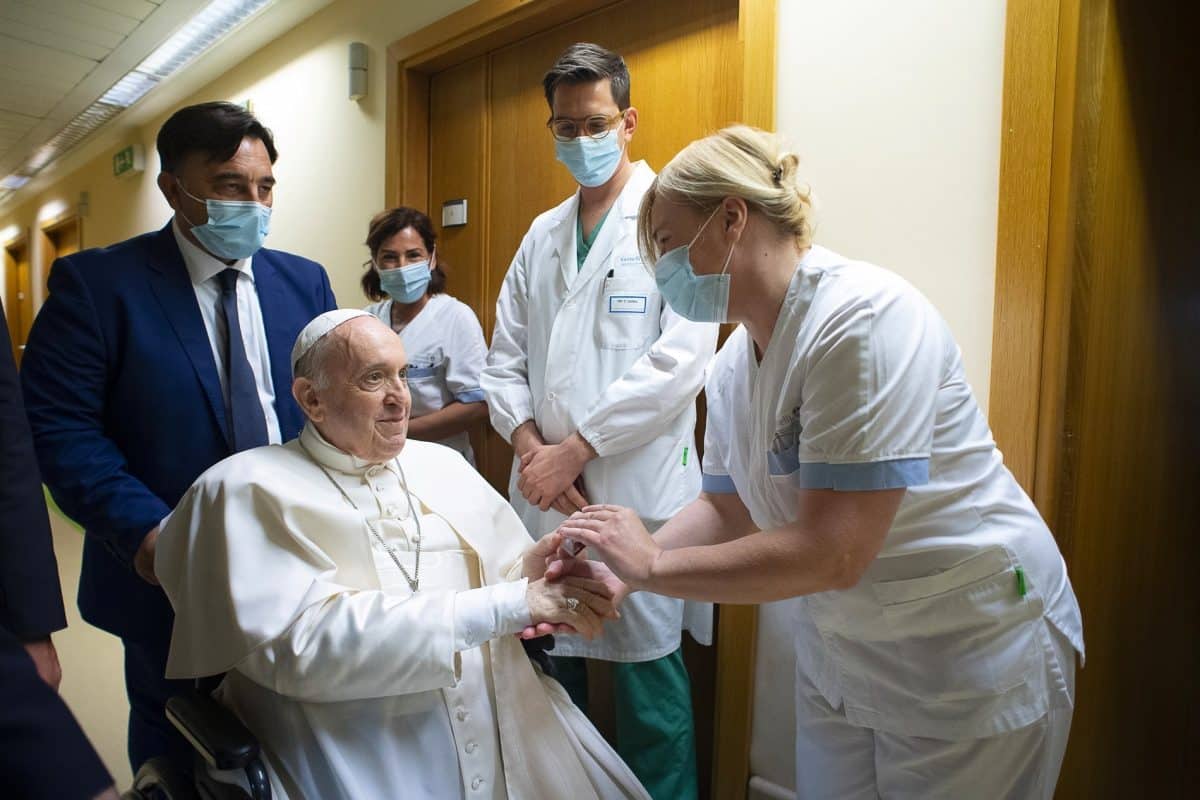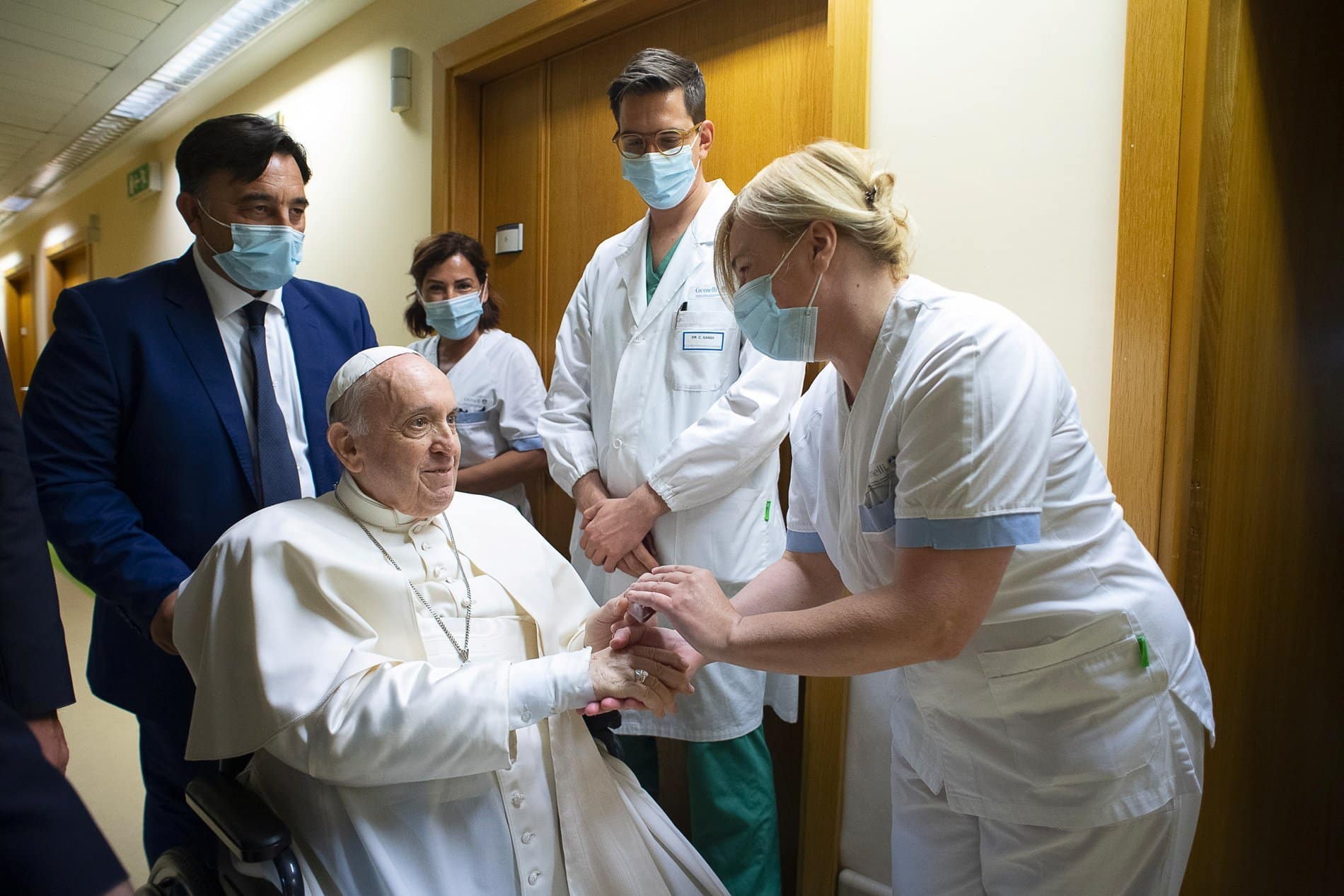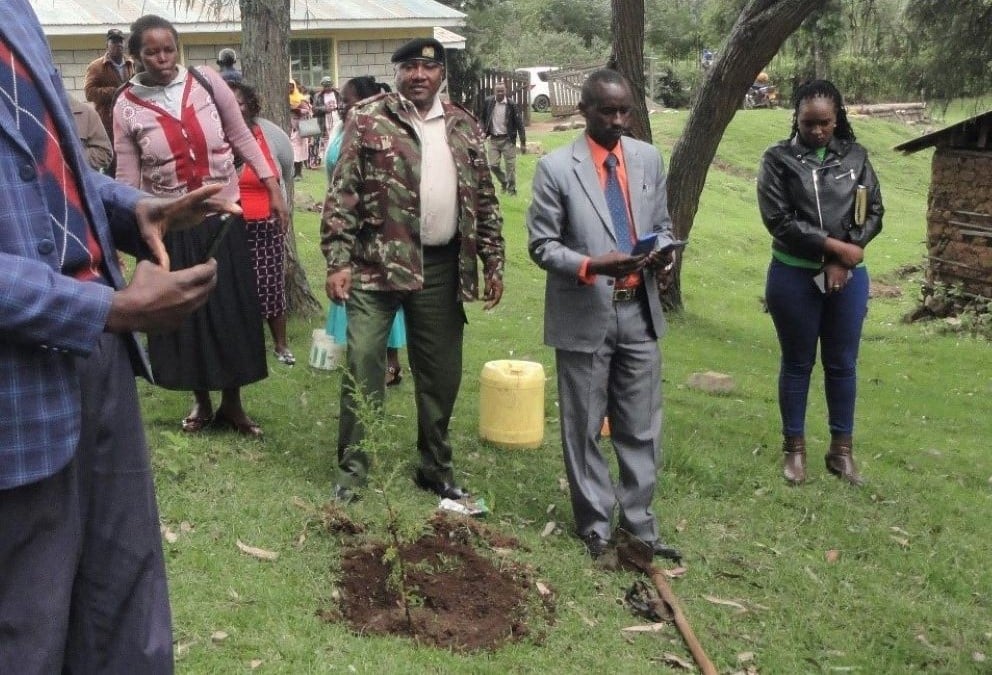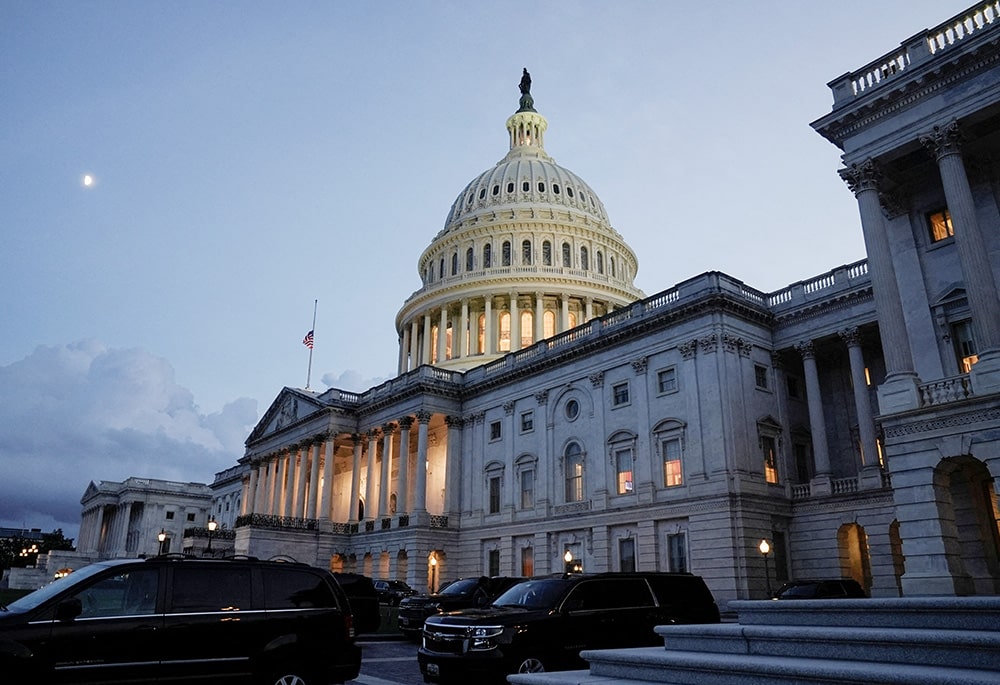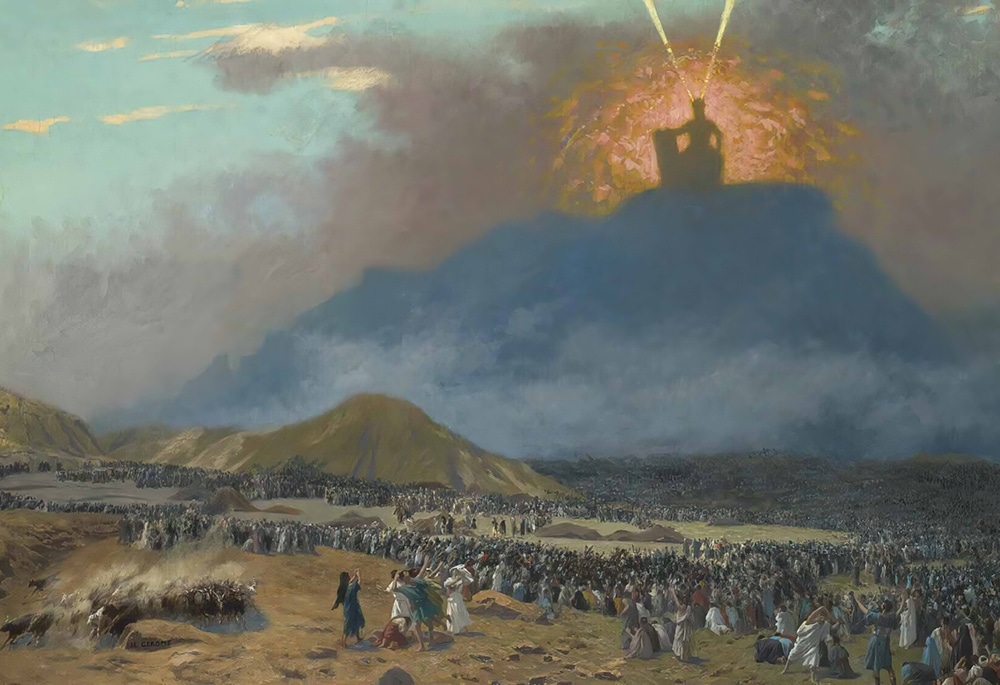Editor’s note: This story, originally published by Faithfully Magazine, is part of « Growing a Green Church, » an ongoing series focused on churches’ efforts to steward their buildings and land effectively in the context of a changing climate. The project is produced in collaboration with The Christian Century, Episcopal News Service, Faithfully Magazine, National Catholic Reporter, and Sojourners, with support from the Solutions Journalism Network and funding from the Fetzer Institute. Find more stories in the series here.
A Black church in California has set out to develop a microgrid that could generate up to $1 million annually. The project, spearheaded by Gemini Energy Solutions and Green The Church, is part of a larger effort to empower Black churches — and their communities — to join the clean energy movement.
Although transition to green energy has become more common, Black and Hispanic Americans, disproportionately impacted by environmental hazards, are still missing out on its benefits. A 2019 study published in Nature Sustainability found that Black communities are significantly absent from the rush to solar, even when factors like homeownership and income are accounted for. The racial disparity could be due to higher costs and a lack of access to financing.
According to Dr. Anthony Kinslow II, one way to help accelerate the transition and level the playing field is to empower Black churches, often the nucleus of their communities. Kinslow is CEO of Gemini Energy Solutions, which provides energy audits.
« I think the greatest chance we have of that happening, addressing our climate goals, is the Black church leading, » Kinslow, a lifelong churchgoer, told Faithfully Magazine.
Those belonging to historically Black churches believe, more than other Christians, that climate change is an « extremely or very » serious problem, that the Bible addresses environmental issues, and that « God gave humans a duty to protect and care for the Earth, » according to the Pew Research Center.
Gemini Energy Solutions and Green The Church, a nonprofit that promotes green theology, have joined forces to help 100 Black churches transition to clean energy hubs this summer. Gemini is currently in the early stage of assisting five churches with feasibility studies that could secure funding for their microgrids.
But Gemini’s growing partnerships likely would not have happened without Glad Tidings International Church and its pastor, Bishop Jerry W. Macklin.
« At the point where we are, there are shortages of water, shortages of energy, the heat. … It affects everybody that’s here. And I think now people are beginning to understand that this is everybody’s problem, and everybody has to be a part of the solution, » Macklin said in a video highlighting his church’s intention to transition to clean energy.
Known for spearheading transformation in its Harder-Tennyson community, once beset by drugs and violence, Glad Tidings International Church may be the ideal prototype for Gemini Energy Solutions’ clean energy hub movement.
About a 25-minute drive from Oakland, the Hayward church is a member of the Church of God in Christ (COGIC), the nation’s largest Pentecostal and predominantly Black Christian denomination. Macklin is also the First Assistant Presiding Bishop of COGIC, one of seven historically Black Christian denominations in the U.S.
Through its Northern California Community Development Corporation (NCCD), Glad Tidings has created more than 120 affordable housing units. The church, which owns five buildings spread across four blocks, also offers various services to the public, including employment and mental health resources.
In another push at transformation, Glad Tidings has linked arms with Gemini Energy Solutions to retrofit their worship, administrative, and community outreach facilities. The plan is to make the campus carbon-free by replacing its HVAC systems and gas stoves and installing 500 LED lights, among other renovations.
But the centerpiece of its transition is a money-making microgrid.
This June, Glad Tidings is expected to break ground on a solar-powered microgrid estimated to generate millions in the years to come. The revenue will support the development of a new community center, which will host classes about energy efficiency. The church sees this venture as a way to extend services to the community and do its part to fight climate change.
Glad Tidings will become a clean energy hub by installing solar panels on its buildings and solar carports at its parking structures. The solar array will generate 1 gigawatt of energy annually, enough to power nearly 100 homes. The church will also maintain 12 bidirectional electric vehicle (EV) charging stations and two EVs. In addition to stationary batteries, the EVs will serve as backup power during emergencies, making the church a resiliency center for the community.
It is common for churches to transition to solar and store that energy locally for freedom from the grid, as seen with Florida Avenue Baptist Church, the first African American church in Washington, D.C., to transition to solar power. In addition to reducing its carbon footprint and energy bill, the church receives a monthly payment for selling surplus energy to utilities.
But what makes his clean energy hub scheme unique, said Kinslow, « is the revenue-generating allocation » and focus on church ownership.
Most churches lease their solar panels and EV charging stations. Instead, Gemini Energy Solutions advises churches to own the hardware. It also advises churches to create a limited liability company to serve as co-developers in the project.
In Glad Tidings’ case, Gemini projects that its microgrid could generate $400,000 to $1 million annually, based on EV charging rates. In addition, the amount the church usually pays for energy, about $30,000 yearly, will be redirected to its LLC.
« I thought [the revenue model] was a fascinating idea, » said the Rev. Dr. Ambrose Carroll Sr., founder of Green The Church, whose reach extends to about 5,000 churches.
« It hit[s] some of the points that my colleagues always ask about, » Carroll said. » ‘Who’s going to own it?’ ‘What do they want from us again?’ And it’s like, no, this is empowerment. »
Glad Tidings received grants from nonprofits and a loan from Inclusive Prosperity Capital, Inc. for the $1.4 million project. Kinslow admits that the microgrid could only move forward because of $300,000 in grants from California.
Yet, he believes his revenue-generating microgrids can be set up in any state, regardless of available incentives.
The main hitch in Glad Tidings’ microgrid project, Kinslow said, was related to supply chain issues delaying delivery of the switchgear needed for the fast-charging EV stations. The switchgear is used to control the flow of electricity to and from the stations.
The microgrid could be completed by September if one of Gemini’s solar developers acquires the switchgear in time. Otherwise, « final inspection for this project wouldn’t be till mid-February, » he said.
Carroll, of Green The Church, said now was the time for Black churches « to use not what somebody gives us, not to beg, but to use what we have » — land and buildings — to « capitalize in a way that we begin to build and move into industry. »
« We want to wake up the sleeping giant that is the Black church on this issue because there has not been a successful social issue without the Black church at the table, » Carroll insisted.
Though his model has yet to be fully tested, Kinslow believes empowering thousands of Black churches to become clean energy hubs is more than possible.
If every COGIC church, which numbers about 12,000 in the U.S., transitioned to clean energy, « that would be $4 billion in annual revenue generated for the Black community, » he claimed, using calculations reflecting one-fifth of Glad Tidings’ energy consumption and its minimum projected revenue.
Such a mass transition could create thousands of jobs, he added.
« Those numbers are not anything to sneeze at, » Kinslow said. « Those are numbers they’re probably not accustomed to seeing. A billion — not million — dollars. »
